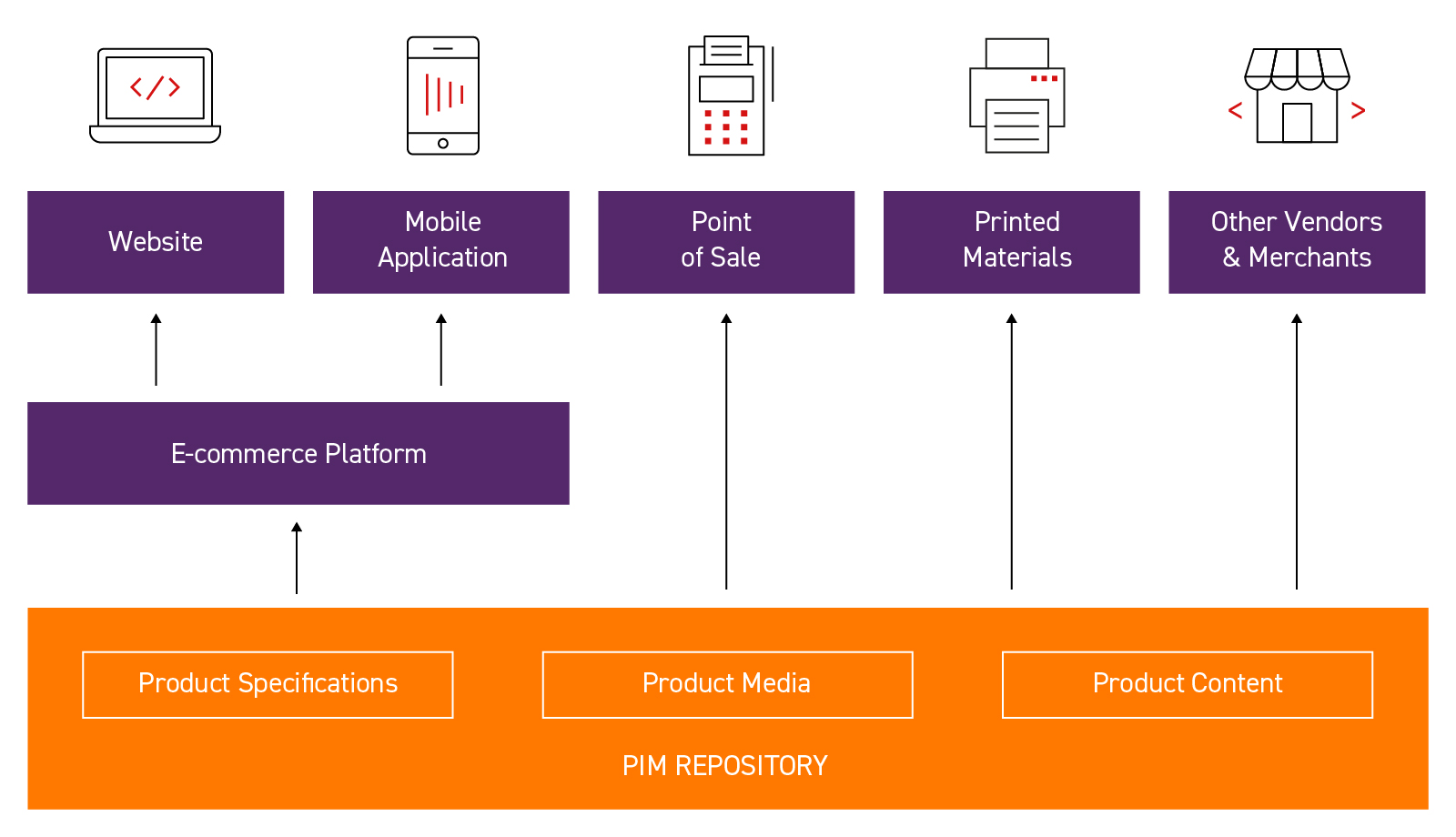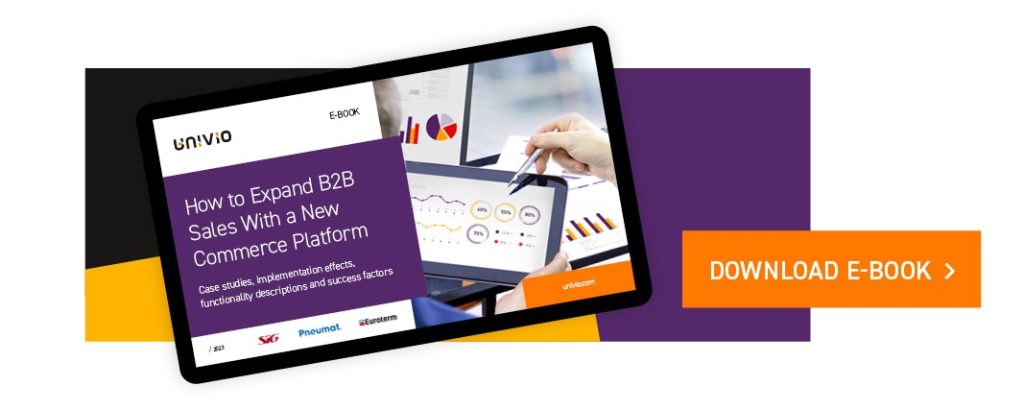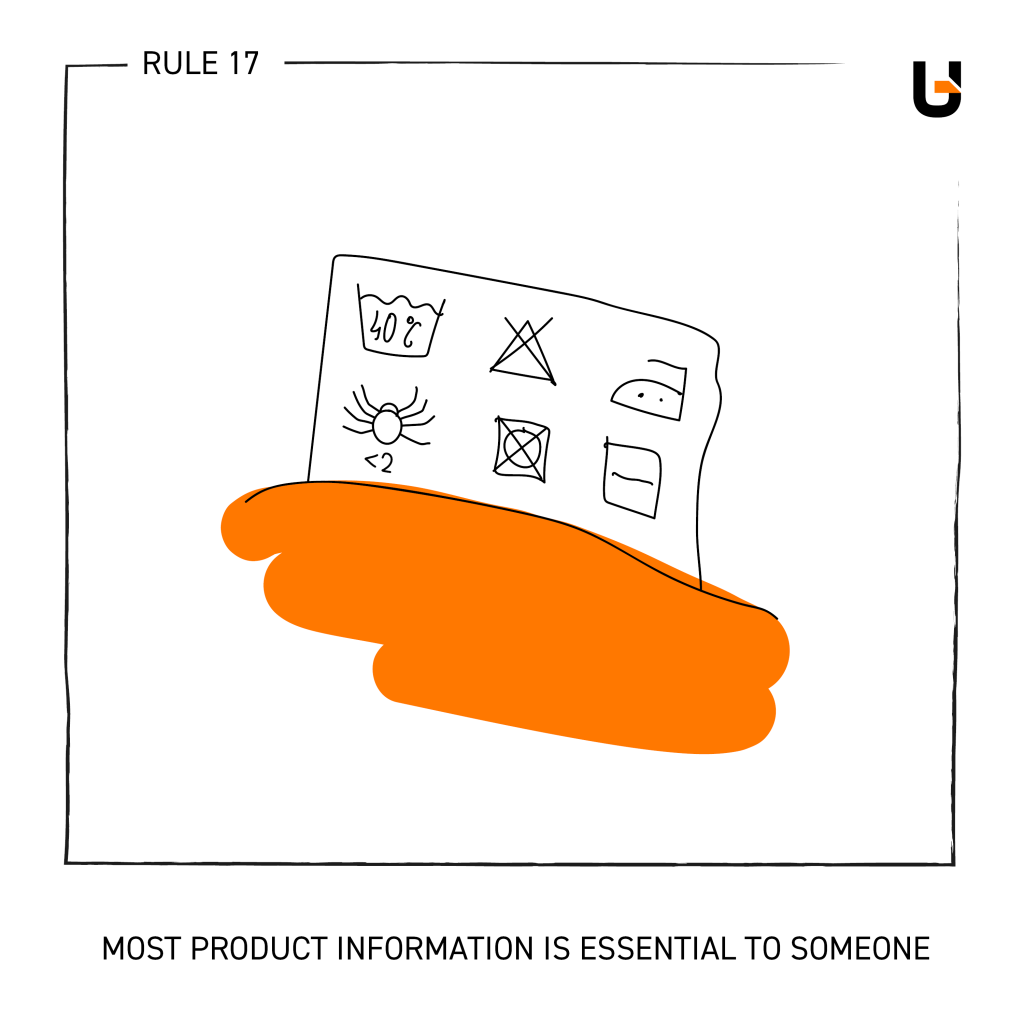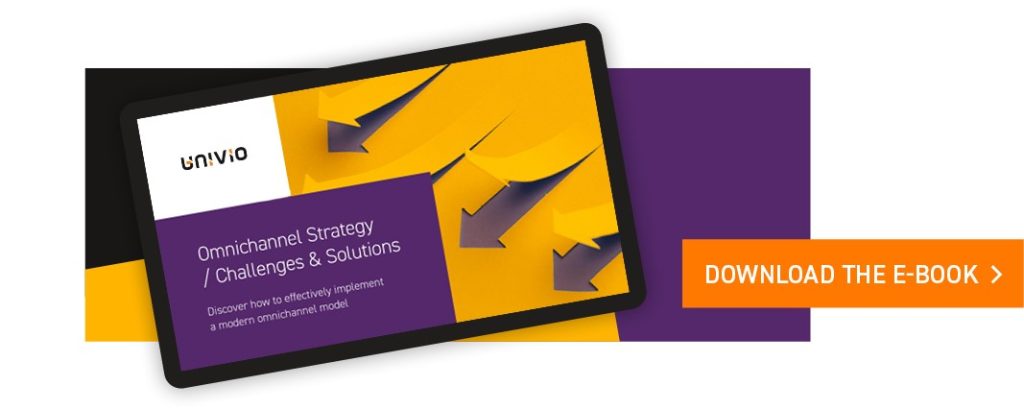PIM vs PXM / What is Product Experience Management & Do You Still Need It?
When it comes to across product content across multiple channels, product information management are fast becoming the go to tools. However, since tools are a means to an end, if you want to create a memorable brand and product experience, you should also consider the wider Product Experience Management approach.
Understandable, it’s easy to get lost in experience and information management. How do PIM and PXM provide a positive experience to the customer, increase conversions and not give you or your teams a headache in the process?
Here, we want to explore:
- What PIM and PXM are
- Why they are often used interchangeably
- What the key differences are
- What you actually need for your product data
- What a PXM strategy is and why PXM matters in your omnichannel strategy
- How to use these two solutions in your company
So, if you’re interested in getting all your product information in one place, providing accurate product content and learning how to create shoppable experiences for your target audience… read on!
What is PXM?
Product Experience Management (PXM) is a methodological approach to providing a consistent customer experience during their interaction with a company’s products.
In other words, more than just the availability of product data, an effective PXM strategy considers the wider omnichannel strategy, a customer-centric product experience, attractive product presentation and an ability to rapidly adapt to changes. Together, this helps to improve customer satisfaction both before and after purchase.

What is PIM?
A Product Information Management System (PIM) is a software solution that helps a company manage and distribute all product related information. PIM systems can store product descriptions, media files such as photographs and images, and technical data such as dimensions, colors, weight and even recommended pricing, all from a centralized repository.

As a form of master data management, PIM software can be connected to all channels – via API and other integration tools such as baselinker/unilinker – to seamlessly distribute new product data and update preexisting product content. This includes company-owned sales channels, such as e-commerce platforms, physical media such as catalogs, and also third-party channels, such as marketplaces and other vendors.
PIM software comes in a wide variety. Popular market options include Pimcore, Akeneo and Ergonode, to name but a few. We’ve already prepared a guide on how and when you should consider implementing PIM that can help you get to grips.
PIM vs PXM / Key Differences
While they sound similar – and other seem to be used interchangeably – Product Information Management is a digital tool while Product Experience Management is a wider methodology.
The main confusion lies in the fact that, whether you want to manage product data or implement a wider PXM strategy, you still typically start with a PIM system.
It’s also something that needs to be tailored for each industry. When we look at the furniture sector, for example, product data is well defined. Customers want to not only view and inspect products, but see the size, dimensions and other key data that, for example, might not be so relevant for the retail sector. People doing their weekly shopping don’t particularly care for the individual dimensions of a loaf of bread.
On the other hand, in areas like pharmaceutical goods, products have key criteria and information that must be clear, such as the exact compounds used and dosage requirements. Such a company may not only want to put these in product descriptions, but take steps to ensure they are represented as their own data fields for the convenience of customers.
What Do You Actually Need for Your Products?
Another way to understand the key differences between PIM system and a PXM solution is to look at the actual business needs. More than just relevant product data, let’s focus on the operational process around this information – where quality product data is created and stored, where it’s send and how it delivers a strong customer experience across multiple channels… ideally all 😉
A Central Repository for Product Data
Today, most products are sold across a variety of channels, including both online stores, offline retail outlets and even third party vendors, such as marketplaces, paper catalogs and more. As such, product content needs to be managed by a lot of people and distributed to a lot of places – so it would help greatly if all the relevant product data could be stored in one singular location.

Digital Asset Management
Today’s products need more than text files and meta descriptions – they need a range of additional media. These digital assets often come in the form of photographs and videos, but they can range all the way to 3D models.
Distribution Across Sales Channels
The most obvious way to increase sales is to offer products in multiple places. PXM and PIM both help as part of the omnichannel approach – selling not only on your own sales channels, but also external channels and even marketing activities. Product content plays a big role in how potential customers think about buying.

Contextual Data for Wider Cross-Border Wider Business
In the past, when companies wanted to expand, consistent product information was often overlooked. Different teams would sell similar products – if not outright the same – with different descriptions and details. Today, not only is this simply in efficient and a drain on internal resources, it also doesn’t meet customer expectations.
Whether due to online stores or the glocalization of the modern world, consumers can come across products in a variety of places. They might, for example, find a store online but switch to their native language, or find it on one channel but then switch to one more appropriate for their domestic market. In any case, the product should be the same, without inconsistencies, while at the same time adapting to the individual needs of those particular markets.
Creating an Effective PXM Strategy with PIM
When it comes to PIM and PXM, they are connected by the fact that one is a tool and the other is a strategy or general approach to product experience. The former helps achieve the latter – and in our opinion, it is much better suited than other tools 😉

A typical e-commerce store, for example, can also be seen as simply a digital shelf for physical products. An effective PXM strategy, then, is about looking at the wider customer journey. Where else do they go? What details to they need? And where is the customer experience lacking as a result?
…But What if I Don’t Have Digital Assets?
Okay, this is a joke question but yes – in order to get the most out of a PXM or PIM solution, you need to start creating digital assets for all products. Even if your main business is offline – as we explored in our previous discussion of PIM retail uses and implications – a PIM system is part of a wider digital transformation.
Product Experience Management for the Modern Era / AR, VR & AI
These days, the most forward-facing of businesses are looking to enable customers with personalized experiences and dedicated, enhanced content for their target audience. So, let’s take a moment to see how both PIM and other tools can help businesses to pick up the pace and take the next step.
AI & Machine Learning
Generative Artificial Intelligence is perhaps one of the biggest game-changers when it comes to PIM and PXM. For companies that have a wide mass of goods – and therefore product descriptions – AI can help provide the needed details and data. Of course, it should be checked and edited by a human, which is where the centralized PIM solution supports this process.
But let’s not assume that artificial intelligence will replace everything. When it comes to other digital content, for example, shoppers expect real photographs and videos. In these instances, computer generated mock-ups will not increase conversations, as they don’t provide a positive experience. While the quality of these graphics will continually improve, the lack of real photos can often simply draw suspicion.

It’s also important to note that, currently, advanced AI is not included directly within typical PIM solutions. Some, like Ergonode, have started to implement generative AI tools into their PIM software, while others, such as Akeneo and Pimcore, support AI tools through integration. And while AI alone might not provide the best product descriptions from scratch, it’s a powerful tool to help teams streamline processes and deliver the best product experiences across larger ranges. It can help, for example, in enabling teams to manage translations and product content syndication for foreign markets, all from a single source.
Hyperpersonalization
In a bid to increase conversions, leading e-commerce stores are also looking to optimize the product experience by recommending goods that have the most relevant interest to the specific customer. For companies with the largest of ranges – where the typical customer isn’t going to search manually or traditional search means are just not effective enough – such a shorter path can not only enhance the buying experience, but readily increase sales.
So how does PIM software fit into all this? As a central repository, the PIM system can hold all of the digital assets and custom contextual data needed to provide customized product experiences across multiple channels. It’s the place where recommendation engines can draw data from (product data that is, as customer data will come from other sources) and images from when making product suggestions on the fly.
AR & VR
At the furthest end of personalized experiences, we have virtual reality and augmented reality. These are both areas that need to be further developed for wider adoption, but there potential in product stories is certainly clear. It’s already utilized by leaders in the furniture sector – allowing users to superimpose products into their homes via AR and their smartphone – and industries such as fashion are also following suit.
And since every product has its own 3D models and associated data, it makes sense to integrate this with the existing golden record: the PIM solution. This centralized approach will help your teams create new, enhanced product experiences as efficiently and consistently as possible.
PIM x PXM / A Natural Progression to a Personalized Shopping Experience
You can implement PIM tools in your company, but that doesn’t necessarily mean you’re also implementing a PXM solution. The latter requires a focus on a compelling product experience, a clear understanding of consumers’ needs at every stage of the buying journey, and a desire to improve internal processes to deliver it all.
Any team can create descriptions, but today’s customers demand more. Product information management tools are the first step in unleashing a compelling product experience.








